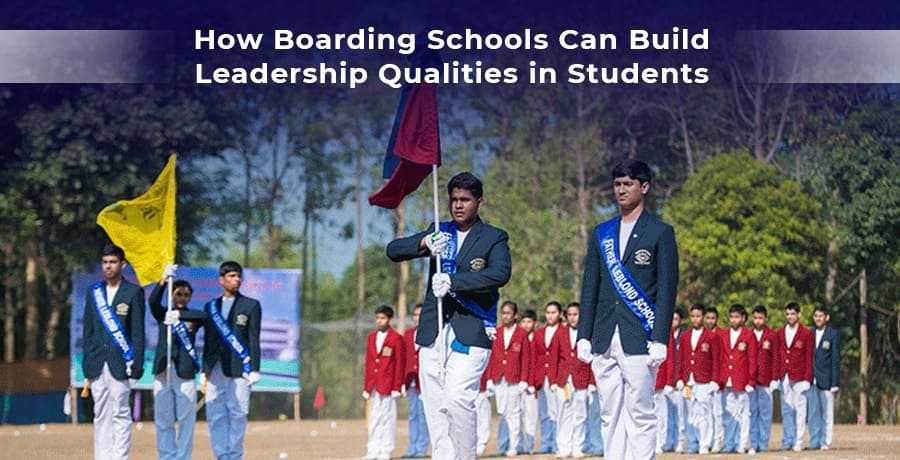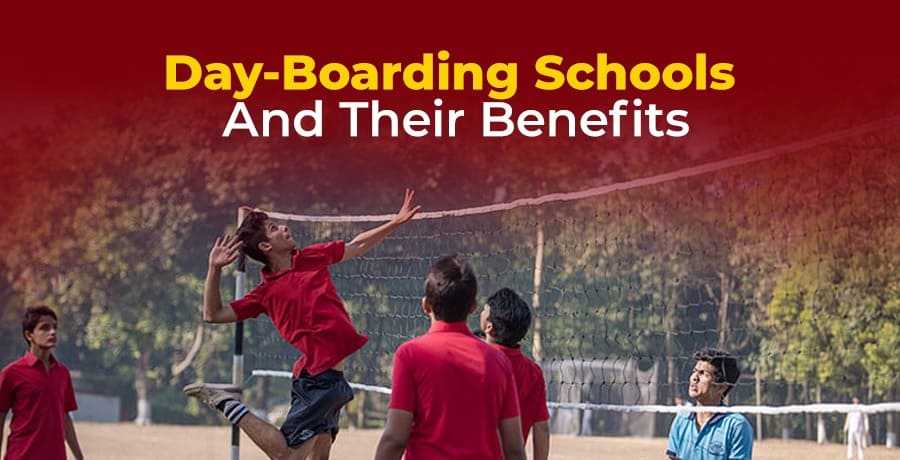When it comes to their children's education, all parents naturally want only the best for their kids. A child's education today goes beyond teaching them to read and write. Training a youngster entails advancing his learning, introducing him to various viewpoints, and acquainting him with his surroundings.
At Father LeBlond School, the school in siliguri, we follow a carefully designed curriculum that is meant to get the best out of children depending on their age. The stages of school education in India have been formulated as per this pattern.
-
Pre-Primary
There are not many differences between the educational systems of India and other nations. Pre-primary education is seen as the foundation for a child's learning, abilities, and behavior development. The child enters the primary level after completing pre-primary school.
It helps the kids prepare for their higher-level academics in the future. The Preparatory class (pre-nursery), nursery, LKG, and UKG are the classes that make up India's pre-primary stage of schooling. The Kindergarten (KG) stage is another name for the LKG/UKG stage.
Kids are presented with a variety of fundamental preschool learning in playschools, which helps them become independent more quickly. These preschool activities aid in the development of numerous self-help skills, including eating, dressing appropriately, maintaining personal hygiene, and other fundamentally sound practices.
While it may sound like this is a very easy stage, this is the building block of a person’s character. We take pre-primary education very seriously at Father LeBlond School.
-
Primary stage
Primary school enrolment begins at the age of six and lasts until the age of fourteen. The primary form of education facilities is looked after by the early education organization in India. Pre-primary education comes before primary school, and secondary education comes after elementary school. At the elementary level, students can expect to learn about the world and its history, as well as mathematics and the social sciences.
-
Middle stage
Popularly known as the middle school stage, this is when most kids start developing attitudes toward certain fields and can start to recognize where their talents lie. This stage acts as a transition between the tough senior school that follows and the more easygoing junior levels crossed until now.
Children at this stage need very careful support since a lot of them go through puberty and emotional changes. Our staff at Father LeBlond School, the best school in siliguri, is professionally equipped to provide students with all kinds of support that they need.
-
Secondary stage
Maths, science, social studies, English, Hindi, and a state's regional language are among the subjects offered in the second grade. Students must take tests for all of the aforementioned courses during the secondary stage. They are then able to decide on their career based on their preferences and performance.
-
Senior secondary stage
All States and UTs offer classes XI-XII (10+2 pattern) in the Higher Secondary/Senior Secondary level of a school, though in some States and UTs these classes are affiliated with colleges or universities. Students must choose their studies in the upper high grade according to their passions. Medical, Technical, Commercial, and Arts are the many streams.
The general Indian educational system has not seen any significant alteration, notwithstanding the minor adjustments. Modern teaching tools and smart classrooms are now being introduced. All of them are assisting the students in gaining a deeper comprehension of their course material.




